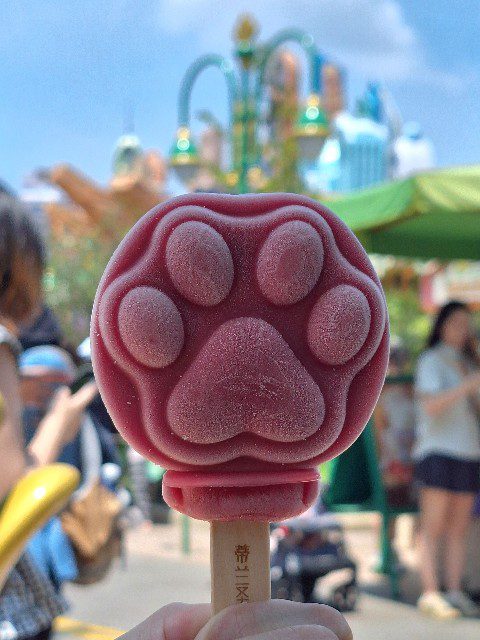When entering the mountainous areas of Fujian Province, China, particularly the tulou areas where the Hakka people live, you will inevitably encounter “Nuomi Jiu” (glutinous rice wine). This is a traditional local liquor unique to the Hakka people that is rarely seen in urban areas like Xiamen. Today, I’d like to share the charm, taste, and how to find this traditional local wine that I encountered during my stay at the Tianluokeng Tulou Cluster.
Traditional Wine Living in Hakka Culture

When traveling through Nanjing Tulou and Yongding Tulou, you can often see white wine lees being dried and aged alongside tea leaves.
Nuomi Jiu is, as its name suggests, a fermented wine made from glutinous rice. This beautiful amber-colored liquid holds meaning beyond mere refreshment for the Hakka people. Throughout their history of moving and living in various places, the technique of making glutinous rice wine has been passed down as an important cultural tradition. Even in today’s increasingly urbanized world, this tradition is carefully preserved among the people living in the tulou.
Production Methods Inherited in the Tulou

Glutinous rice wine managed in buckets with different aging periods. These small-scale breweries are often run by Hakka families.
Particularly in the tulou of the Nanjing district in Fujian Province, many households still make glutinous rice wine today. The ground floors of tulou almost invariably have glutinous rice wine shops where you can see the fermenting glutinous rice in large buckets.
A Cup Recommended by the Local Host

While the bottle itself is from drinking water, it contains deep amber-colored glutinous rice wine that has advanced in fermentation.
I first encountered authentic glutinous rice wine on the night I stayed at Wenchang Lou in the Tianluokeng Tulou Cluster. After dinner, the female host of the accommodation cheerfully recommended, “Try this.”

The amber liquid poured into the glass, contrary to its gentle appearance, boasts quite a high alcohol content. When tasted, strong sweetness and a distinctive aroma reminiscent of Shaoxing wine spread through the mouth. What surprised me most was the alcohol strength, probably around 25%. While sweet and easy to drink, the alcohol hits you quickly. Before I knew it, my cheeks were flushed and I felt a pleasant intoxication.
Finding Glutinous Rice Wine During Tulou Tours

Also in the Tianluokeng Tulou Cluster, inside Hechang Lou, there’s a glutinous rice wine shop with a charming old-world appearance. And right in front are buckets of aging glutinous rice wine casually placed.
Glutinous rice wine is a special local liquor that exists exclusively in the tulou areas of Fujian Province. While rarely seen in urban restaurants or liquor stores, it can be easily purchased at shops on the ground floors of tulou or specialized glutinous rice wine stores. Prices vary by region and shop, but are generally very reasonable.
However, it’s important to note that this is not a factory-produced standardized product, but a local wine made by individual households or small-scale breweries. Taste and alcohol content vary slightly depending on the maker. Additionally, fresh glutinous rice wine in the middle of fermentation is particularly sweet, and its flavor changes over time as it ages.
The Power of Glutinous Rice Wine to Bridge Language Barriers

While Fujian Province is famous for tea, communication through glutinous rice wine, like gathering around tea, is a unique cultural experience of this region.
Actually, glutinous rice wine has another important role: serving as a medium for deepening human connections. In tulou, guests are almost invariably welcomed with glutinous rice wine. When I stayed there, the host’s offer of wine created warm exchanges that transcended language barriers.
Summary: A Cup That Colors Travel Memories
Glutinous rice wine from Fujian Province has charm beyond being just an alcoholic beverage. It represents the tradition inherited by the Hakka people, the pride of the land, and a bridge connecting people’s hearts.
The unique harmony of sweetness and aroma contained in the amber liquid, along with its high alcohol content, may certainly divide opinions. However, sharing a cup of glutinous rice wine with local people during a tulou stay will surely become an unforgettable memory. If you have the opportunity to visit the tulou of Fujian Province, I encourage you to try this traditional local wine.
However, be careful of its high alcohol content. Because it’s sweet and easy to drink, there’s a possibility of drinking too much. I recommend enjoying the local flavor in moderation.

Being able to taste and compare glutinous rice wine and white rice wine made in the tulou became one of the most memorable experiences of this trip. When visiting Fujian Tulou, I highly recommend trying a cup.
I previously compiled a report about dining and interactions in tulou in a separate article. I encourage you to read that as well.






Pingback: [Living Hakka Style] 2 Days, 1 Night at Wenchang Lou – Experiencing Daily Life Inside a Fujian Tulou (Part 5) - Kosupa Travel